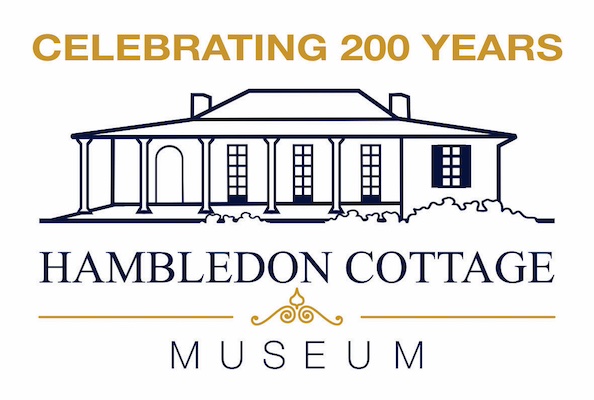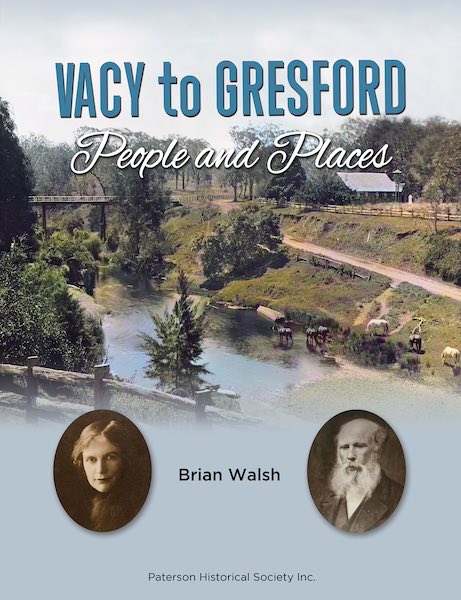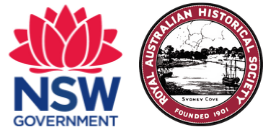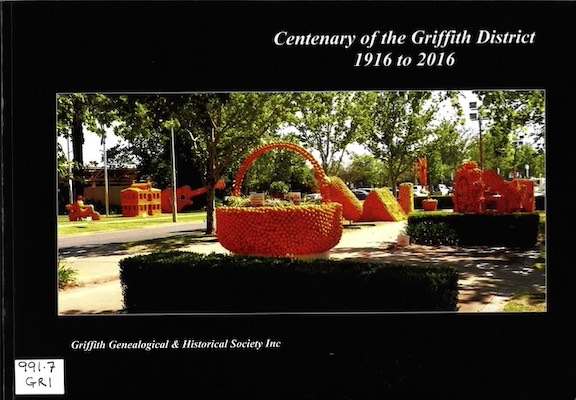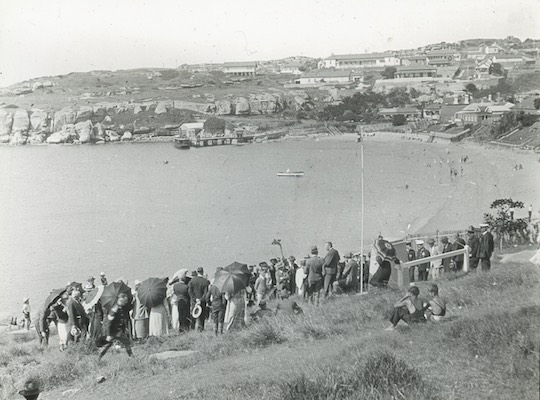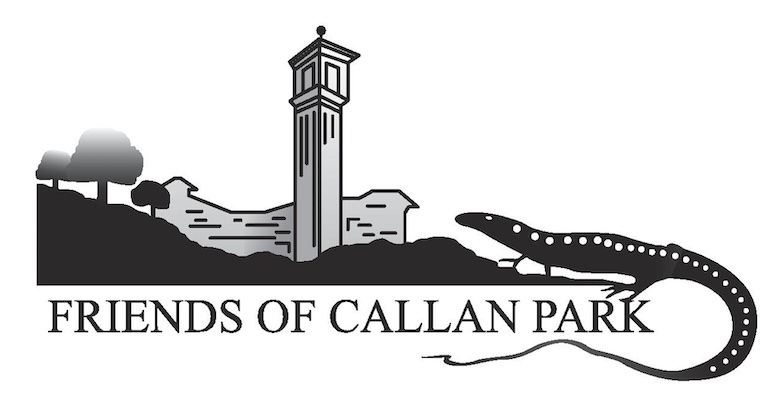
Friends of Callan Park: 25th Anniversary
Written by Hall Greenland (President, Friends of Callan Park)
Yes, we have been in action for 25 years protecting Callan Park’s wonderful heritage parklands and buildings, campaigning to locate modern mental health services on the site and ensure community use and appreciation of this unique site. We have had a measure of success – thanks to your support and that of the wider community. 2023 marks a milestone we thought deserved a celebration. – Invitation from Friends of Callan Park.
The Friends of Callan Park commemorated its 25th anniversary on 4 December 2023 at Writing NSW at Callan Park. About a hundred people attended its AGM and the celebration that followed. The current MP for Balmain, Kobi Shetty, and the former MP, Jamie Parker, addressed the crowd.
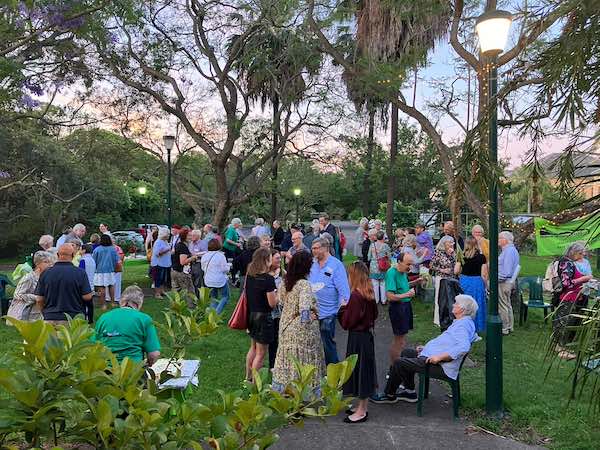
Friends of Callan Park 25th anniversary celebration (Courtesy Friends of Callan Park)
Friends of Callan Park – a community-based, heritage-protection organisation – was formed in 1998 as a result of a successful campaign to stymie a plan by the NSW government to gift 2.5 hectares of parkland in front of the original 1880s asylum to a nursing home provider. Designed by James Barnet, Kirkbride is a suite of sandstone Italianate-style buildings covering 4.5 hectares. It was listed by the National Trust in 1976 and later on the State Heritage Register. The gift of public land would have meant the disappearance of the Pleasure Gardens, designed with some input by Charles Moore, and intruded upon view lines from the exceptionally significant Kirkbride complex.
A decade earlier the Save Callan Park group formed to fight the first master plan for Callan Park. In response to reducing inpatient numbers and hope for greater community mental health care, NSW Health planned the sale of part of Callan Park, consolidation of mental health services and relocation of the Conservatorium of Music. Some of those campaigners from 1989 are still members of Friends of Callan Park.
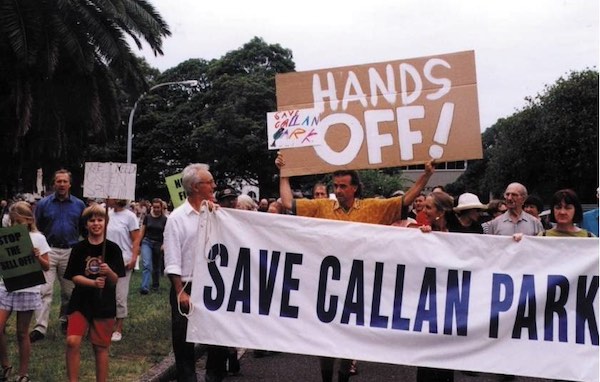
Rally for Callan Park, 1998 (Courtesy Friends of Callan Park)
Soon after the formation of the Friends, the state government announced its intentions to sell 20 per cent of the 61-hectare site for the construction of 1,200 apartments. In response, the Friends launched a public campaign that drew unprecedented public support across the metropolis. Urban environmental campaigners such as Jack Mundey and Tom Uren supported the battle, as did surrounding municipal councils. An independent opinion poll found 84 per cent of residents in the Inner West opposed the sell-off.
This campaign was crowned with success when the government withdrew its plan in October 2002 and announced the immediate introduction of the Callan Park (Special Provisions) Bill. The bill was extensively amended in the Upper House and signed into law on 23 December 2002. The Act bans the sale or privatisation of any of the land at Callan Park and restricts leases and commercial activities. The design of any new buildings on the site must fit with the footprint and envelope of buildings existing in 2002.
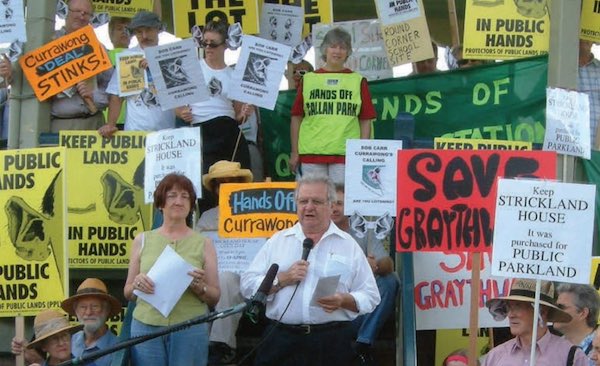
Protectors of Public Land Rally, 2003 (Courtesy Friends of Callan Park)
In 2007, the then NSW Minister for Planning, Frank Sartor, and the University of Sydney signed a Memorandum of Understanding to hand over Callan Park to the university for development into a satellite campus and student housing. The MOU and the subsequent detailed master plan envisaged 16 new buildings on Callan Park and an increase in the onsite floor space from 84,000 to 130,000 square metres. The plan drew inevitable community opposition and after its public exhibition the Department of Planning concluded that it represented an over-development. The university then withdrew from the project.
In 2008 the Rozelle Psychiatric Hospital (the name given to the adjacent hospitals – Callan Park and Broughton Hall when they amalgamated in 1976) closed its doors and most of the patients transferred to the new mental health facility at Concord Hospital.
The Friends continue to campaign for the delivery of new models of mental health services at Callan Park, where there continues to be two residential drug and alcohol therapeutic facilities.
Callan Park has had a number of changes of management since 2008 and its ownership and administration is now divided between the Greater Sydney Parklands Trust (through Centennial Park and Moore Park Trust) and NSW Health. The new management structure, announced in 2019, was followed by the first commitment of significant funds for heritage protection and restoration and improvement of the parklands.
Having overcome numerous endeavours by successive governments to deliver master plans and written countless submissions, the Friends celebrated 25 years with a sense of achievement. Major challenges lay ahead for Callan Park: Kirkbride lies empty without a major tenant since 2020 when the Sydney College of the Arts departed and could fall prey to commercial pressures.
Now in its 26th year of community activism, the Friends continue to advocate by presenting heritage tours, historic exhibitions and publications highlighting the history of this remarkable cultural landscape – from landmark Indigenous associations, to landed estate, to asylum, to psychiatric hospital, to valued community asset and iconic historic parkland.
Also joining the celebrations of a quarter century of community activism, advocacy and achievement for the preservation of this remarkable public land were Judy Mundey, former mayors of Leichhardt, representatives from the Australian Garden History Society, the National Trust, and the Balmain Association.

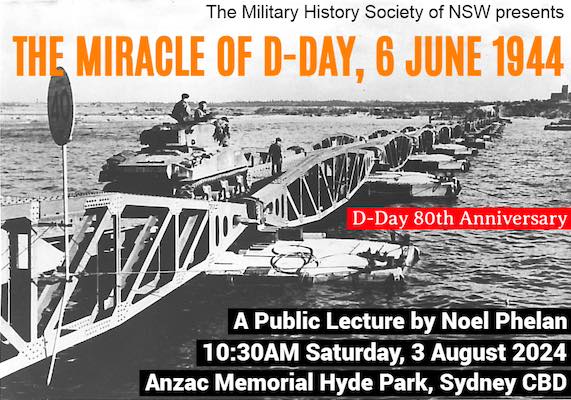
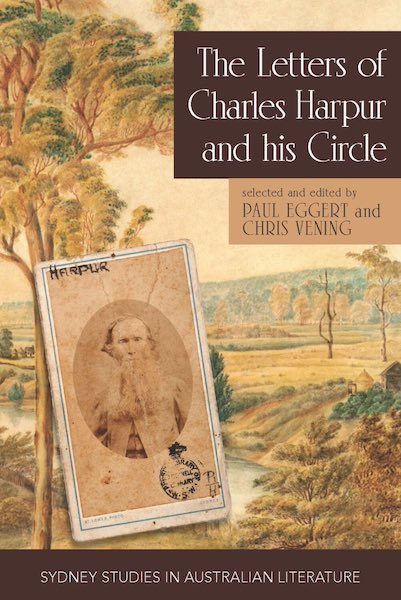
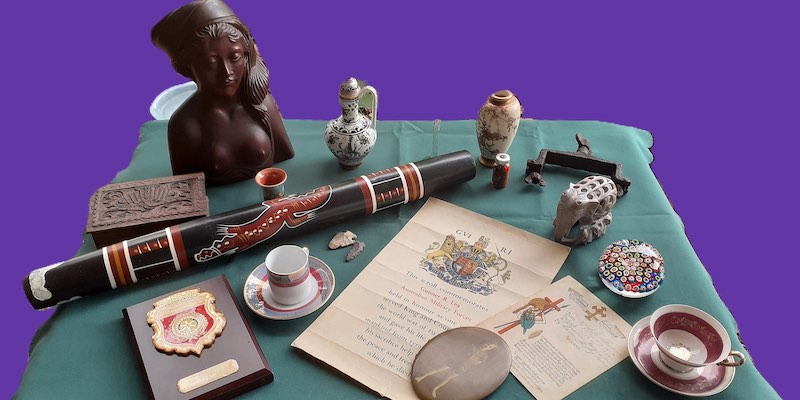
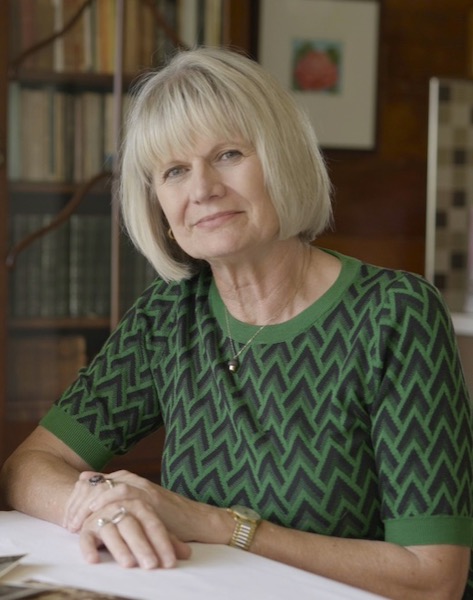
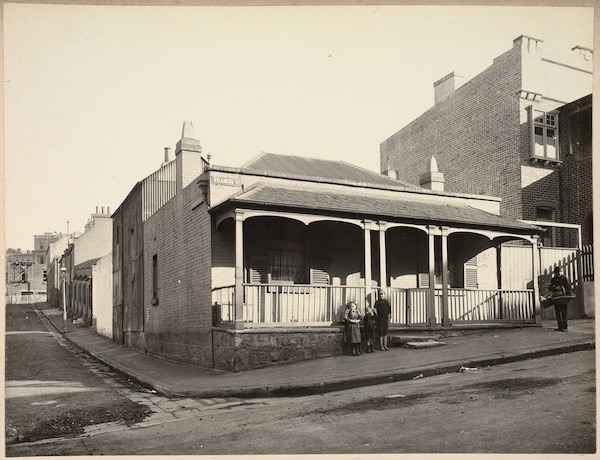
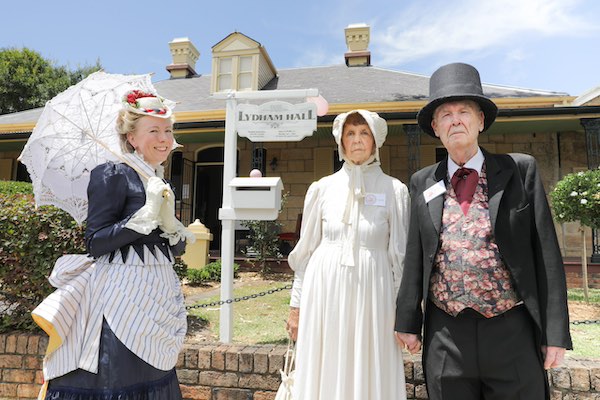
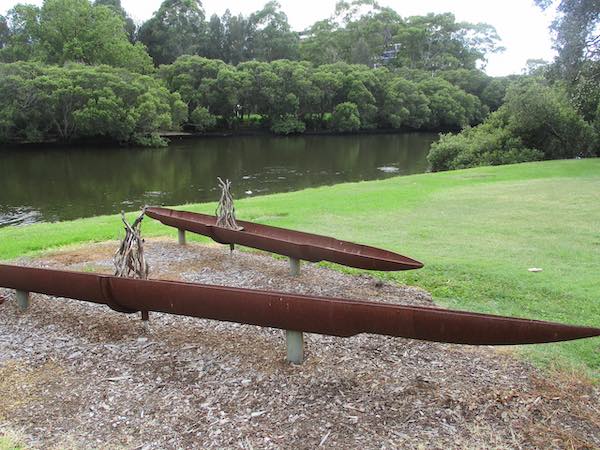
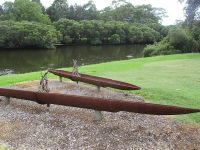 Hear stories of Parramatta’s connections with Sydney through industry, travel and leisure. Explore the old Queens Wharf and the location of the Commissariat Store, Barracks and grain store. Join Judith Dunn OAM for this walking tour and learn about this fascinating aspect of Parramatta.
Hear stories of Parramatta’s connections with Sydney through industry, travel and leisure. Explore the old Queens Wharf and the location of the Commissariat Store, Barracks and grain store. Join Judith Dunn OAM for this walking tour and learn about this fascinating aspect of Parramatta.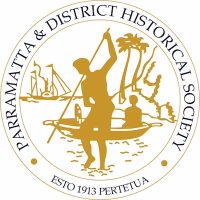 Parramatta and District Historical Society is 111 years old this year. It is the second oldest historical society in NSW. Like any group, it has had its ups and downs but has emerged as a vibrant heritage organisation. Come along and hear from Ken Smith OAM about this fascinating journey and learn about the various influential people who have made the Society what it is today.
Parramatta and District Historical Society is 111 years old this year. It is the second oldest historical society in NSW. Like any group, it has had its ups and downs but has emerged as a vibrant heritage organisation. Come along and hear from Ken Smith OAM about this fascinating journey and learn about the various influential people who have made the Society what it is today.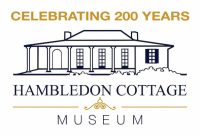 We’re celebrating the 200th anniversary of Hambledon Cottage. Built for John Macarthur in 1824 to provide accommodation for his family and friends. Come along and hear about the evolution of this beautiful Colonial Georgian cottage and the people who have occupied and lived in it over this period. Learn about the many influential and prominent people who called it home.
We’re celebrating the 200th anniversary of Hambledon Cottage. Built for John Macarthur in 1824 to provide accommodation for his family and friends. Come along and hear about the evolution of this beautiful Colonial Georgian cottage and the people who have occupied and lived in it over this period. Learn about the many influential and prominent people who called it home.